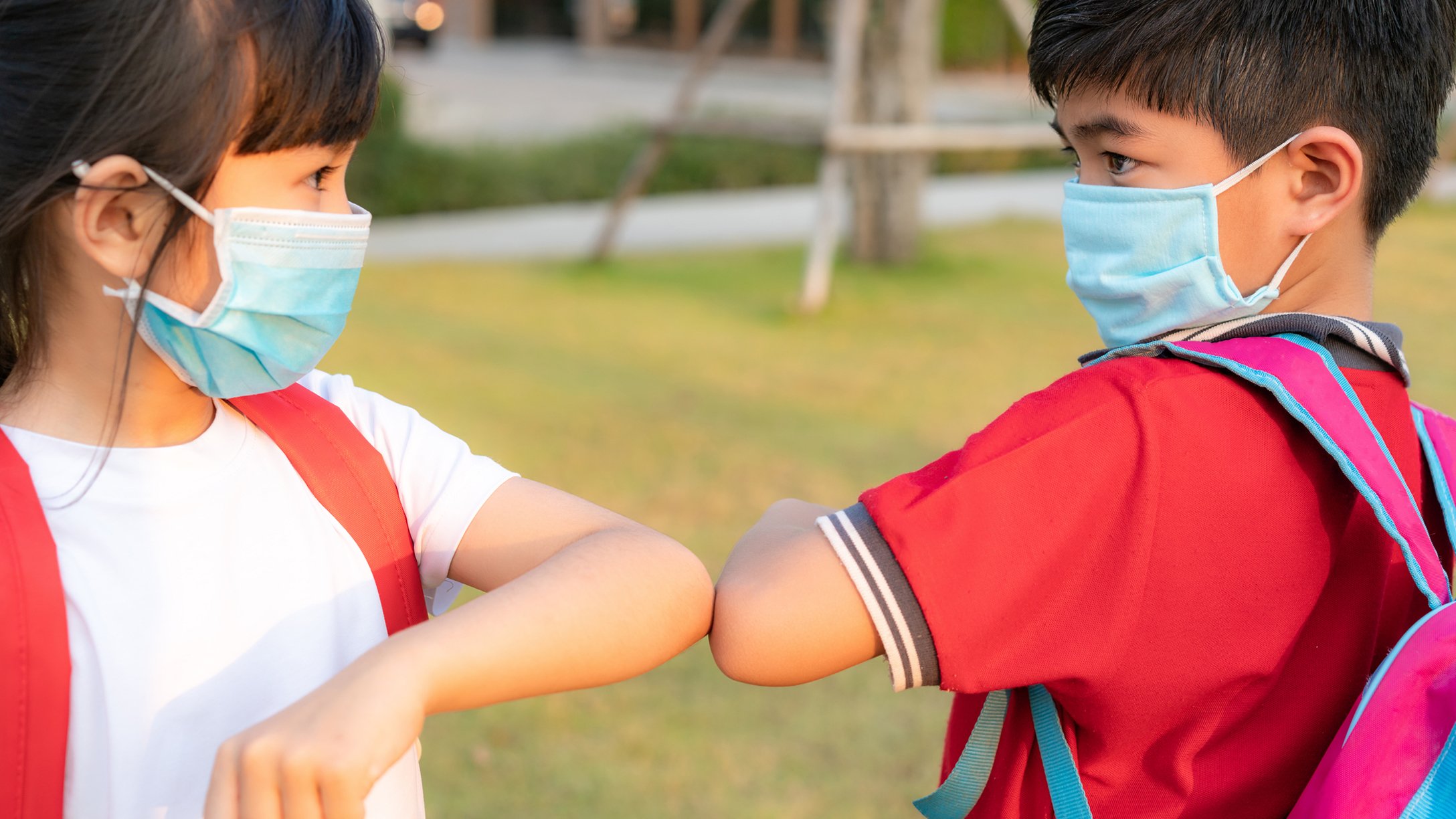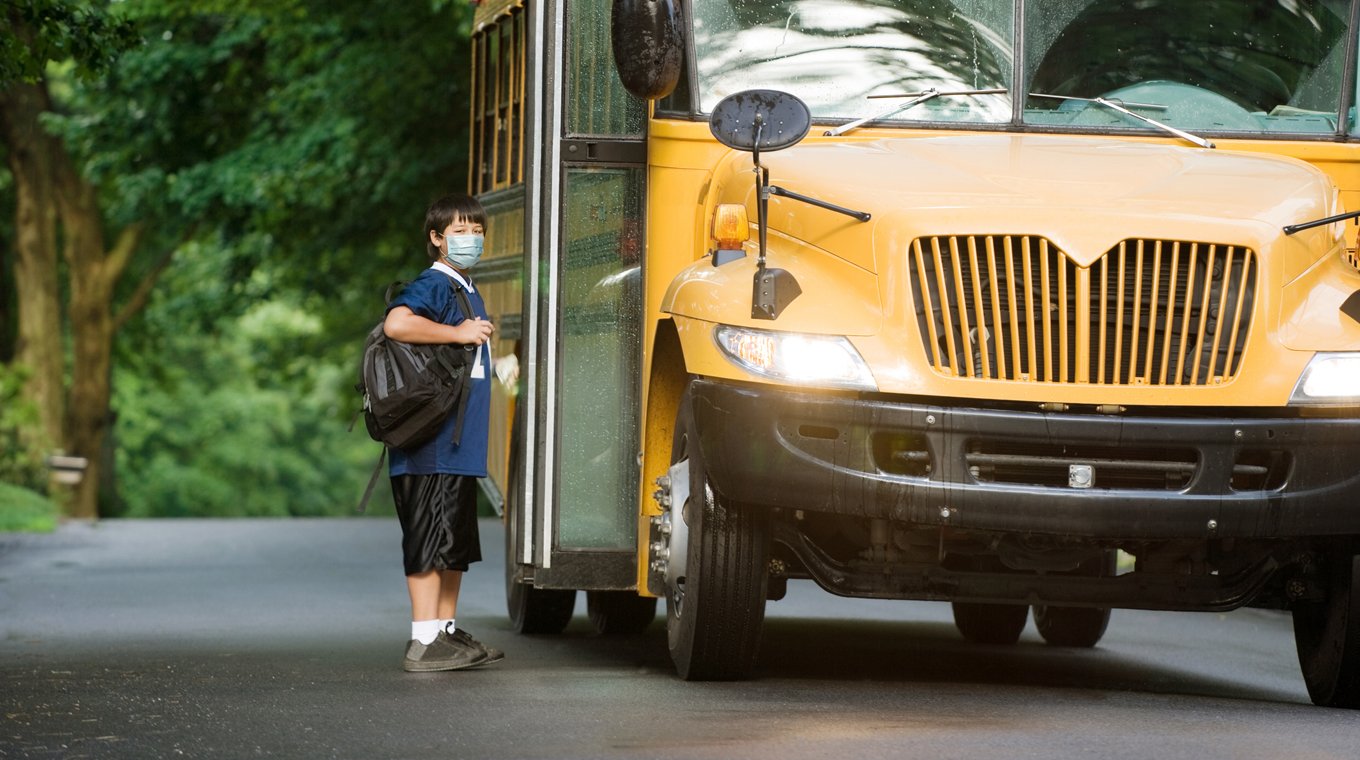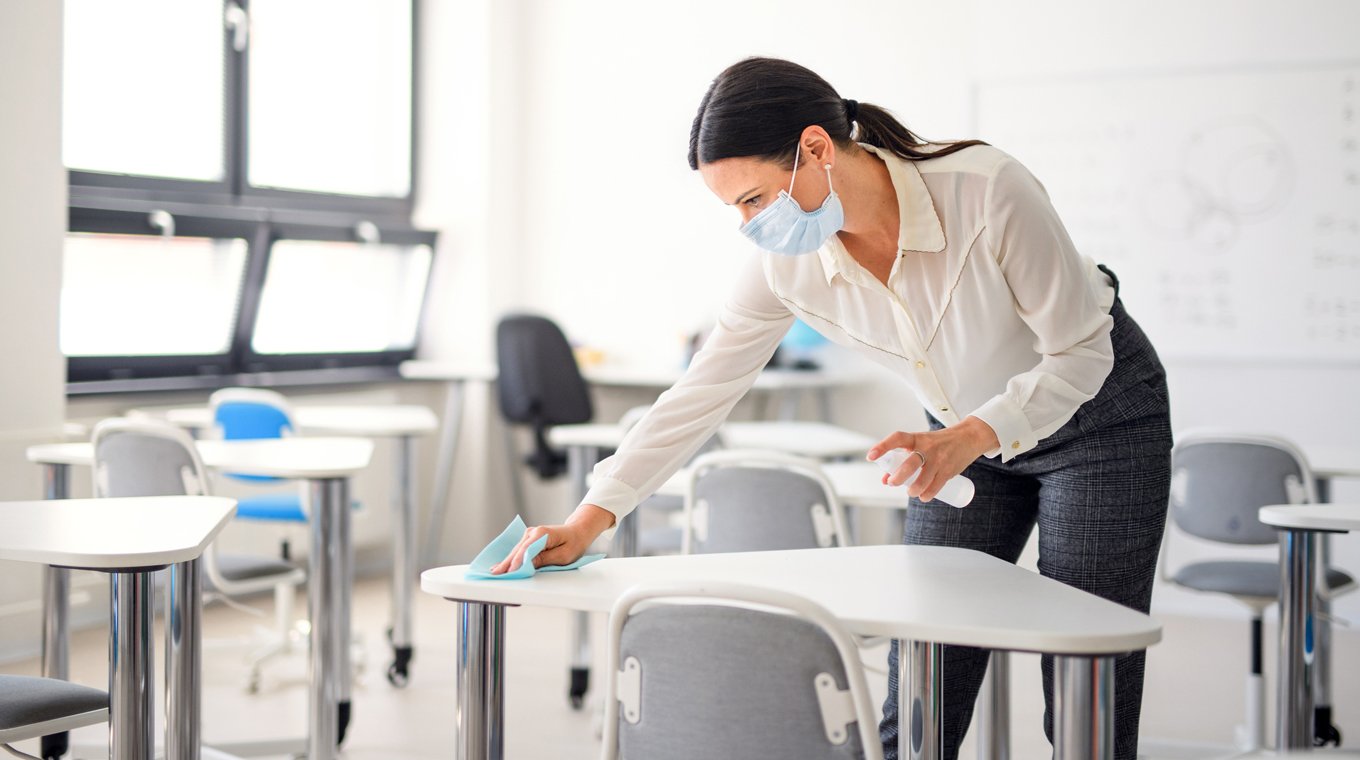
In this article
In a normal year, this would be the month when back-to-school plans and prep work would be starting in full force. And after a spring where just about every parent became a homeschooler, everyone would like to see their kids back in the classroom — even if COVID-19 means that the classroom will look different.
But as the pandemic continues to affect most states in the country, teachers and parents are questioning whether schools are ready to reopen at all.
Parents react to school reopening plans

Susan McBride is the mother of an 8-year-old girl in Missouri. She told Mom.com, “I don't think there's anything the school could do at this point to convince me it's safe to send my daughter back next month.”
“COVID-19 numbers are surging in Missouri, and there are too many people in denial that it's anything worse than a cold," McBride continued. "I know the facts, and they scare me. I'm a breast cancer survivor, so I truly understand life-or-death situations. This feels like one to me. I am an older mom, and my daughter means the world to me. There is no way in hell I'm going to risk her getting sick or worse by pushing this ‘go back to school and everything will feel normal’ narrative.”
Susan says she and her daughter are continuing homeschooling, and will do so for the entire school year unless the curve in her state dramatically changes.
Allison Birch of Washington State has hopes for an effective vaccine, which she says is the only thing that would make her feel safe right now. “I have seen how quickly children spread viruses and get sick in a classroom and that is with regular viruses and bacterial infections,” she told Mom.com.
CDC school reopening guidelines

Over the course of the year, the CDC has issued a series of comprehensive guidelines for schools to ensure safety from the coronavirus, including a nine-page planning document to help them assess their readiness for reopening.
But like so many other public health measures that have been urged in this pandemic, controversy ensued. The President expressed the idea that the CDC’s guidelines were “too tough” for most districts and schools to implement in time for a fall reopening. It was announced that the CDC would be issuing a revised set of guidelines, but those will not be released until toward the end of July — which does not give school districts that start in August much of a window to implement them.
New York City is home to the nation’s largest school district. It's adopted a staggered schedule, reducing class sizes by limiting attendance to one to three days a week. The Los Angeles Unified School District decided it is still unsafe to reopen, and their students will continue with virtual learning in the fall. Several other Southern California school districts have followed suit, even some in Orange County, even though that county's Board of Education made a controversial recommendation to reopen schools without requiring masks or social distancing.
What to ask before making a decision

Before you decide to send your child to a reopened classroom, you should ask the following questions:
- What are the infection and transmission rates in your community?
The higher the number, the more at-risk everyone is. And if the transmission rate is above 1.0 (meaning that each person who has the virus is infecting an average of MORE than one other person), your child and family will be safer learning at home. - How is the school ensuring social distancing in the classroom?
Smaller class sizes, staggered schedules, and hybrid systems combining in-class instruction with virtual learning are all strategies to allow students to keep distance from one another. Other methods are desk placement, signage and tape on floors and walls to encourage distancing, and physical barriers like sneeze guards and partitions in areas where it is difficult for individuals to remain at least six feet apart (e.g., reception desks). - What measures are being taken to clean and disinfect the classrooms? Students and school staff need ready access to soap and water and hand sanitizer. Classrooms and high-touch surfaces like door handles, desks, and playground equipment should be disinfected regularly. Disinfectant products should not be used while children are present, and ventilation is important to keep fumes away from children.
- How about the bathrooms?
Is there enough soap and water? Are they being cleaned and disinfected frequently? Are there barriers between sinks to ensure social distancing? - What is the school’s policy when a student or staff member becomes ill?
Is there a school nurse on staff? Does the school have space to isolate an ill student until a parent can come to get them?
Don't hesistate to ask important questions before you make a decision about your child's return to school and ensuring your child's safety. See more school safety strategies at the CDC.







